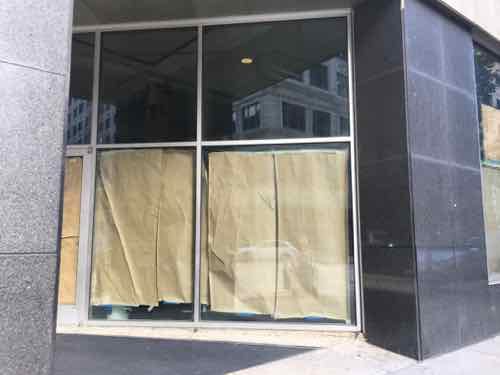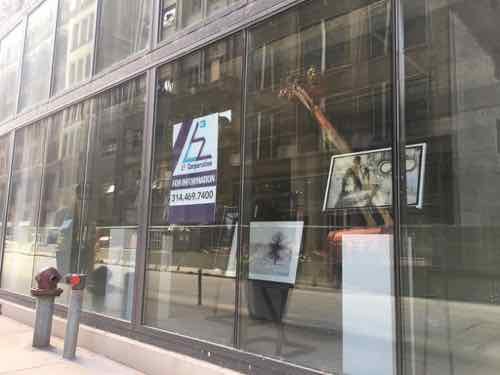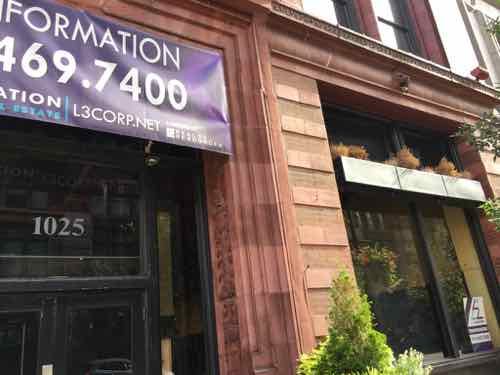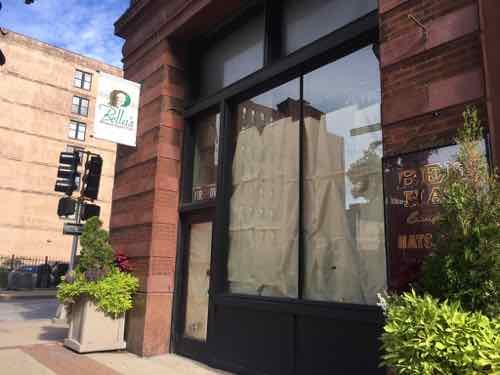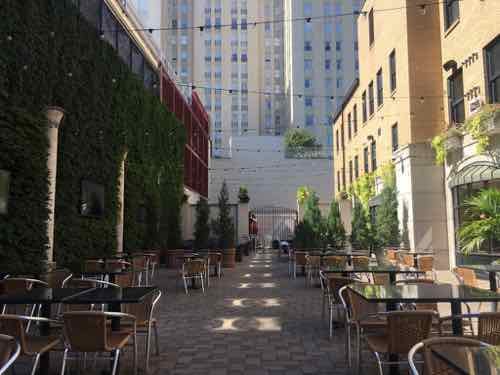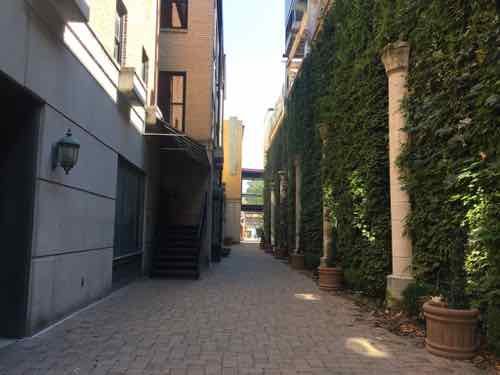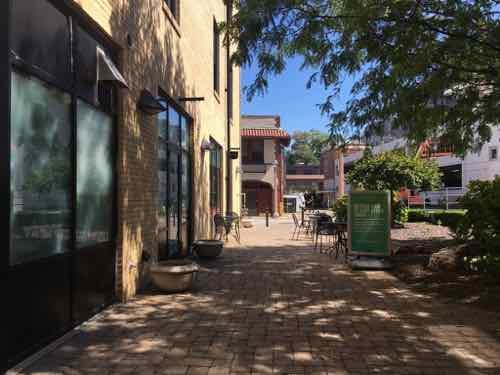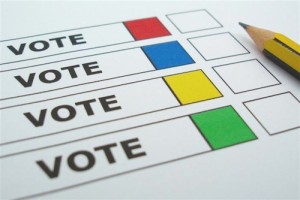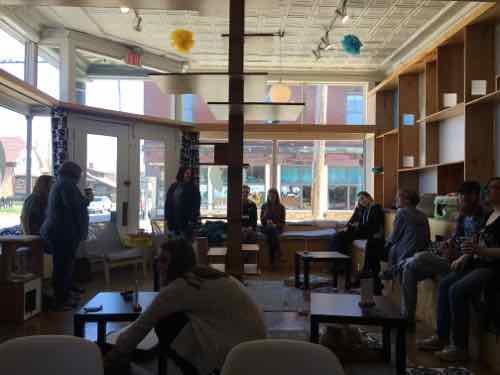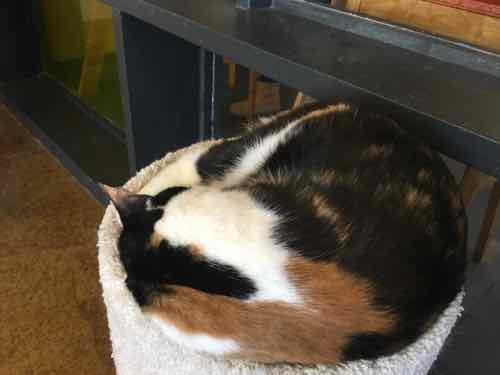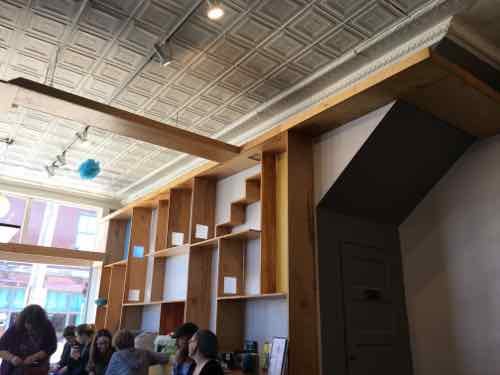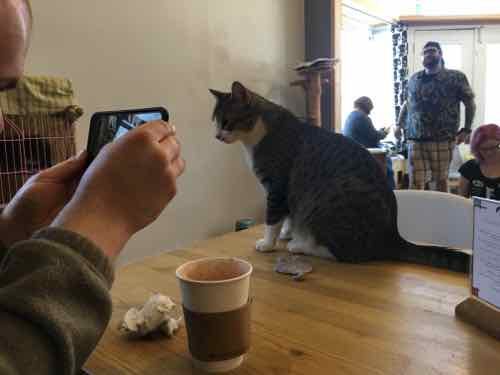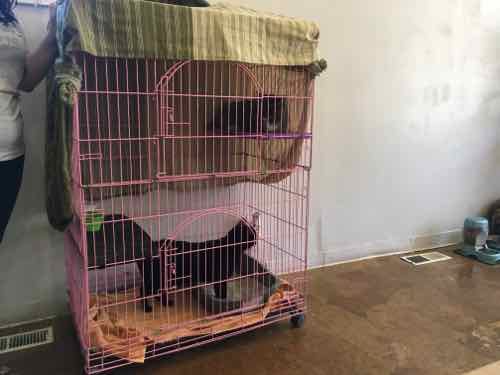Opinion: Financial Literacy Critical as World Goes Cashless

The recent non-scientific Sunday Poll was about cashless businesses — establishments where you need plastic (debit/credit) to purchase goods/services. I current live essentially a cashless life — save for one $2 PowerBall ticket per month. After having paid off mountains of credit card debt the 2nd time I vowed to never have credit cards again. Then, in 2012, I sold my car. For a few years prior I didn’t use bills & coins, just my debit card. Once I sold my car I knew I needed a dreaded credit card again to be able to rent a card at times.
My parents, both now deceased, were raised in Oklahoma during the Great Depression/Dust Bowl. They tried very hard to instill good money management habits in me. I listed…then did all the wrong things over and over. I was never a fan of cash, though I still remember going with my dad as a kid when he bought a used van from an individual. They haggled on the price and when they agreed on a number my dad pulls out his wallet from the bib in his work overalls. He then proceeded to count out the $5,o00-$6,000 amount in $100 bills. Today people would think they were counterfeit, but it was like 1981 and people were more trusting. The seller had a shocked look on his face because my dad never looked like he had much to his name — but he usually had a few thousand in cash on him. I rarely have more than $5 on me.
Since my stroke and father’s passing in 2008, and selling my car & meeting my husband in 2012, I’ve applied all the financial advice my parents gave me. I do things differently than they did, however. We pay for everything we can on credit cards. This allows me to do a monthly cash flow spreadsheet for the next month. I know when each payment is due and when we each get paid. By paying off all cards on the due date we don’t pay any interest. In fact, we basically borrow a couple of thousand dollars each month interest free.
I know a person who received a small amount from social security every month. The government stopped mailing checks long ago, and she can’t manage a checking account with or without a debit card. She got her benefits through a checking cashing place that charged high fees to receive her money electronically and convert it into cash for her. For those like her they can receive benefits on a government debit card — no checking account required. Still, it’s hard for people who’re used to carrying cash to adjust to non-cash on a debit-only or checking account. I’ve been trying to educate my brother-in-law for a few years now.
Which brings me to cashless businesses. I got on this topic because of the homeless asking me for change. I barely have a $5, and certainly don’t have any coins. I recognize it’s unlikely they realize the world is going cashless. Think of all the things that require plastic: renting scooters/bikes, parking apps, transit fare machines?, Redbox/Netflix. There are non-attended gas stations, like the one at Broadway & Chouteau, that only accepts credit cards.
b
I worked retail for about 6 years when I was in high school & college, thankfully never encountered a robbery. For a few years I was one of the people that went to the registers at Toys “R” Us to remove excess cash during the holidays.
Last week one local retail clerk wasn’t so lucky.
An armed robber opened fire inside a Dollar General store in St. Louis Thursday afternoon, hitting and killing a store clerk, police said. (Post-Dispatch)
Going cashless can reduce crime.
In Sweden, which is leading the race toward a cashless society, negative attitudes toward the decline in cash usage has increased as the country progresses toward a cashless society. Although cash is still used extensively in several countries, such as Austria and Germany, the use of physical cash is diminishing across the board.
Even the U.S., where cash accounts for one-third of all purchases, the use of cash is declining. But at the same time, the amount of cash being issued is growing. Forty years ago there was approximately $80 billion of cash in circulation. Today, this number has increased nearly 20 times, to roughly $1.5 trillion in circulation. In the same period, the amount of $100 bills has increased from 25 percent in the mid-1970s to around 80 percent today.
The obvious explanation is inflation. However, the increase has exceeded inflation — with a good margin. According to economist and author Kenneth Rogoff, the world is drowning in cash, and it is making us poorer and less safe. He argues in his book The Curse of Cash that this phenomenon is not an American phenomenon, but also the case for every other widely used currency — and the primary explanation is that cash is the preferred means of value exchange in the black-market economy. His solution? Phase out the larger bills. (Techcrunch)
Of course cash is also the currency for legal medical & recreational marijuana — because retailers can’t get back accounts because of outdated federal drug laws.
I don’t want cash-only people to be excluded from society, but increasingly being cash-only means they’re not part of the mainstream. I want to help find ways to ease them into new habits. So do the credit card companies. They make their money from fees charged on every transaction. Those of us with excellent credit scores can get rewards cards to offset fees but most don’t qualify for these cards.
This is a long way of saying I have no clue about banning cashless businesses. Would have zero impact on my life either way, but would keep many from being excluded. In the non-scientific poll most didn’t think we should ban cashless businesses:
Q: Agree or disagree: St. Louis should ban cashless businesses & discounts for paying with cash
- Strongly agree: 2 [8%]
- Agree: 2 [8%]
- Somewhat agree: 3 [12%]
- Neither agree or disagree: 1 [4%]
- Somewhat disagree: 3 [12%]
- Disagree: 6 [24%]
- Strongly disagree: 7 [28%]
- Unsure/No Answer: 1 [4%]
As more commerce moves online/apps the number of legal cash transactions will decline. As cash transactions decline and store robberies increase, we’ll see more businesses make the decision to go cashless. Now is the time to increase financial literacy to help others adjust.
— Steve Patterson
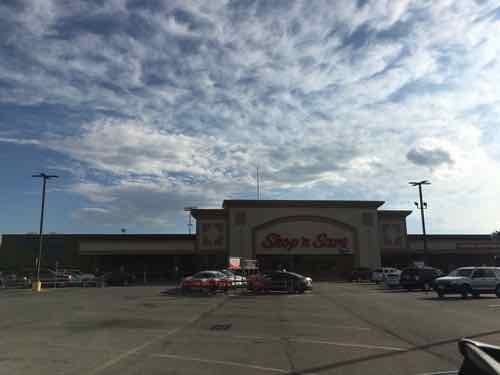
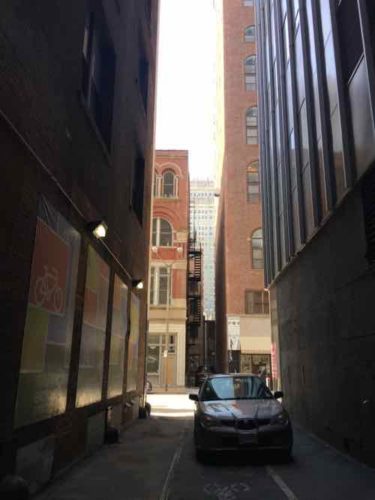 Alleys are one thing that attracted me to St. Louis in 1990, we didn’t have them in the 1960s suburban subdivision where I grew up in Oklahoma City. Interestingly, my grandparents each had alleys behind their homes in the small Western Oklahoma towns of
Alleys are one thing that attracted me to St. Louis in 1990, we didn’t have them in the 1960s suburban subdivision where I grew up in Oklahoma City. Interestingly, my grandparents each had alleys behind their homes in the small Western Oklahoma towns of 